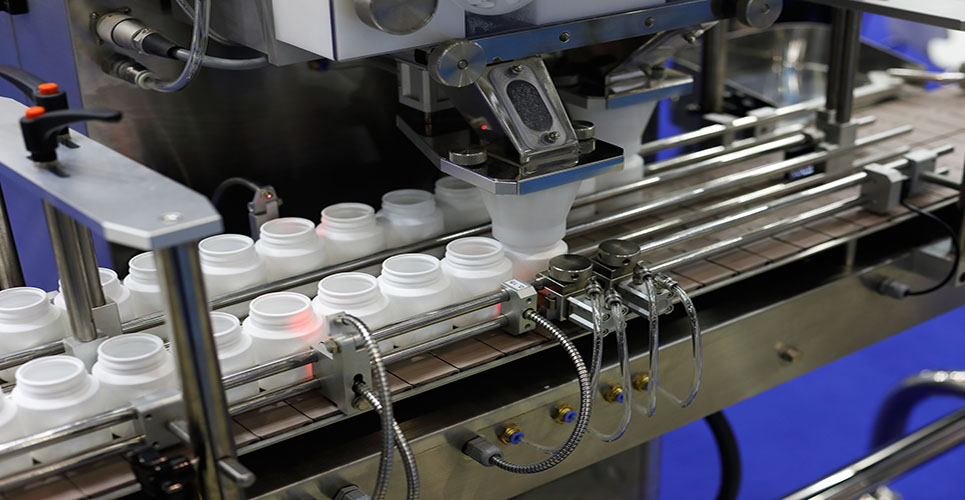Spain
Jose Luis Poveda Andres
Head of the Pharmacy Department
Complejo Hospitalario Universitario de Albacete
Is your department automated?
Yes. In our hospital we use Pyxis systems for floor stocks in the intensive care units and emergency room, and Kardex systems for unit-dose distribution – Spanish devices used in our hospital to fill in unit-dose carts.
Is your hospital typical of others in your country?
Very few Spanish hospitals currently have all these systems, although they are starting to implement them all over the country, and in the near future it seems likely that they will be used extensively.
In your opinion, what are the main advantages and disadvantages offered by automation?
Advantages
These automated dispensing systems provide staff with information on patient pharmacotherapy, and they have decreased the amount of time taken up by unit-dose cart filling. They also provide patient information on costs and have reduced floor stocks.
Disadvantages
The high cost of these systems may be regarded as disadvantageous, as well as increased workload in some areas of the pharmacy department.
United Kingdom
Stephen Langford
Principal Pharmacist (Technical Services)
North Staffordshire Hospital
Is your department automated?
We do not use automated systems in our dispensaries. We have Baxa syringe filling pumps, mostly used for filling infusion devices; however, I am not sure whether this really counts as automation. Although we are quite a large hospital manufacturing unit, our operations are still manually based around small batches of specialty products and individualised compounding for patients in TPN.
Is your hospital typical of others in your country?
I suspect that we are typical of most departments, unless you look at a very large facility involved in large-scale batch production. Looking to the future, gassing isolators are becoming essential for the external sterilisation of components for aseptic processing, although preparation of these products will still be largely manual. Automation of dispensaries is also on its way, as is computerisation of hospital pharmacy operations.
In your opinion, what are the main advantages and disadvantages offered by automation?
Automation applied appropriately can increase efficiency and improve service/product quality. However, there is a need for good project planning, availability of resources, and considerable validation input.
Germany
Hannelore Kreckel
Clinical Pharmacist
University Hospital Giessen

Is your department automated?
Yes. We use automated systems for:
- Compounding total parenteral nutrition (TPN) for children and adults (Baxter-Automix with six filling station using tube pumps and Neocare-Medoc with six filling stations using syringe pumps).
- Filling syringes ready to use (Medoc – see above, Baxter – quick-step single filling station using tube pump).
- Preparing unit doses of oral solid drug forms (Baxter ATC 212).
Is your hospital typical of others in your country?
Compounding of TPN for children (and adults) is a clinical service provided by all German university hospitals and many large hospitals with paediatric departments.
Concerning patient-oriented drug distribution, our hospital is the only university hospital providing this service, although several hospital pharmacy departments offer unit-dose distribution using a range of systems (small single-product filling machines, machines preparing unit doses or multiple doses for canisters, and machines preparing unit doses from blisters).
In your opinion, what are the main advantages and disadvantages offered by automation?
Advantages
Automation saves time and frees staff from boring jobs. Using automation correctly makes processes safer, offers the opportunity to provide clinical services, helps to avoid medication errors, and provides higher accuracy in the preparation.
Disadvantages
Automation systems are costly to purchase, and time is needed to train staff in the use of the machine. Also, there are difficulties in comparing machines available for the same purpose.
Slovenia
Tajda Miharaja-Gala
Director of Pharmacy
University Medical Centre Ljubljana
Is your department automated?
We produce quite a lot of solutions for intravenous infusion, and sterile solutions for external and ophthalmic use. The hospital has a special BOCH production filling line, which filters solutions into glass bottles and seals them.
We do not currently have any machines for automated dispensing.
Is your hospital typical of others in your country?
Our department is one of three hospital pharmacies in Slovenia that still produces parenteral solutions. I don’t know if the other two have automated production or not.
No hospitals in Slovenia use automated dispensing machines but several are acquainted with them, following company presentations to hospital pharmacists. A 600-bed hospital outside Ljubljana is considering the purchase of a Homerus machine, and I think that Slovenian hospitals will take the opportunity to start automatic dispensing in the near future.
In your opinion, what are the main advantages and disadvantages offered by automation?
Automated dispensing supports individualised medication and prevents medication errors to some extent, but needs a very accurate information system on the hospital level, which we do not have yet. A second obstacle is cost. My hospital has around 2,400 beds, so we would need several machines, costing over e1m. We would also need qualified staff to operate the machines, and extra rooms for them.
I am sure that automated unit-dose dispensing adds value to the clinical activities of hospital pharmacists on the wards, but this kind of project can only be done on a hospital level, requiring as it does the input of many other professionals. I hope that in the future the conditions for implementing this kind of system in my hospital will be established.

